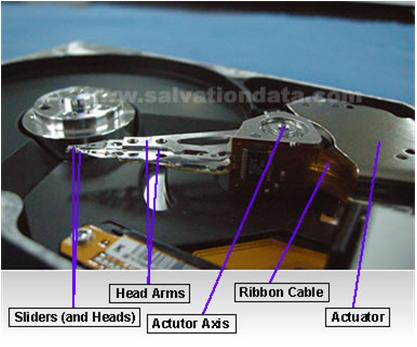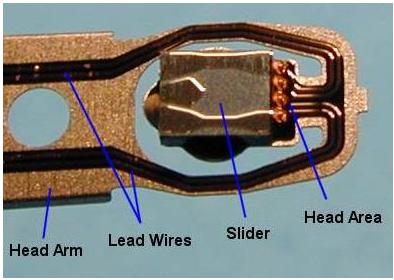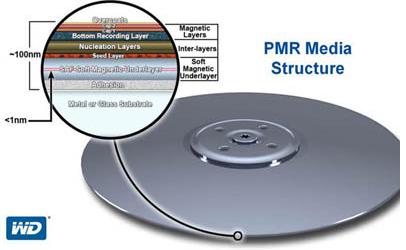
Platter Scratch Repairing
Hard Disk Drive Crash
Take the case of computer systems. We become so used to working on the computer on a regular basis that we are rarely ready to face the consequences if things go wrong. This is truer of a computer hard disk drive crash than of anything else. Hard drive malfunction can be divided into two types: one is the so called Firmware Level malfunction that can be repaired using relating software or factory commands; the other one left is the Physical Level malfunction caused by physical hard drive components damage. As to the latter Physical Level crash, the typical case in data recovery practices is that the head crash and serious platter scratches caused by direct contact between the head and the platter surface; such drives manifest themselves as undetected, staying BUSY, besides an ominous scratching sound may start to emanate from the disk. This is a serious problem. It is indicative of nothing less than a crash of the hard disk drive.
Functioning of a Hard Disk Drive
In order to understand the problem of a hard disk drive crash, it is important to first understand the mechanism of a hard drive. Only after knowing how the disk drive functions can one understand the nature of the problem.
Components
Read-Write Head: The read-write heads of the hard disk drives are those mechanisms that, as the name suggests read or write the data from the magnetic fields of the platters.
Hard Disk Platter: A hard disk platter is a circular disk within the hard disk drive. It is circular in shape and the magnetic media of the disk drive is stored on it. Generally multiple platters are mounted on a single spindle of the hard disk drive.
Lubricant Layer: This is the topmost layer of the platters and is made of a substance similar to Teflon. Carbon: There is a layer of sputtered carbon just below the lubricant layer. Magnetic Layer: This is below the layer of carbon.
Functioning
The magnetic layer of the hard disk drive stores all the data. The two layers of carbon and the lubricant like material saves this magnetic layer from coming into accidental contact with the read-write head of the disk, we can say they exist as the protection layer of the magnetic layer (of course, another important function of them is to maintain the stability of the flying read-write head)



